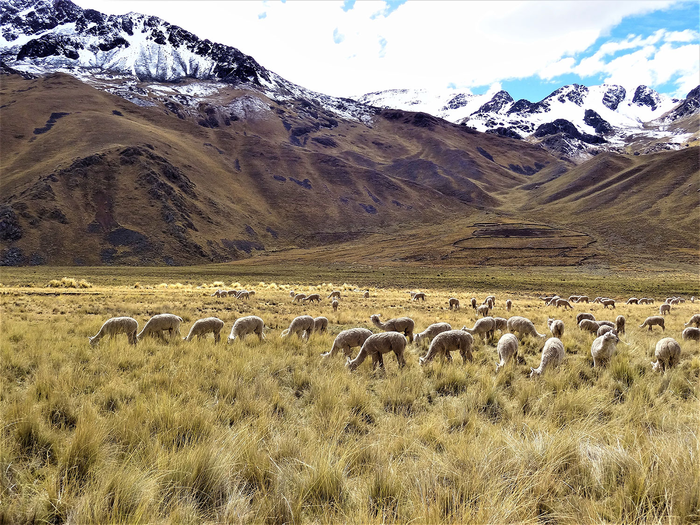A new paper says that climate had the most influence over diet in the Central Andes between 400 and 7,000 years ago. No shock there. What was more surprising is their contention that population size had little impact on diet variation, even though in other parts of the world larger civilizations fostered trade and increased competition. The only period where diets across the region became more similar to one another was when the Incas conquered the area and centralized enough political power to reduce local dietary decisions, reducing the restrictions of climate.
The Central Andes spans from sea level to some of the world’s tallest mountains. At each elevation, the climate and food resources are wildly different. Coastal communities relied mainly on marine resources, with some agriculture. Mid-elevation societies had access to some marine resources and raised pastoral animals such as llamas, but mainly relied on agriculture. High elevation diets consisted of some agriculture but were dominated by pastoral animals.

Credit: Kurt Wilson
The region’s demographic history undulates as wildly as the landscape, with complex societies rising and falling at various points in time. Changes in population size can influence sociopolitical complexity or alter mobility patterns, both of which will influence diets. Lacking written documents that could show status and inequality, they used a proxy to approximate what amount of influence sociopolitical complexity might have on food availability.
The authors compiled the largest dataset of past diets based on carbon (δ13C‰) and nitrogen (δ15N‰) isotopic values in the Americas over the last 7,000 years. Derived from a person’s bone collagen, the stable isotopes represent an individual’s lifetime average diet and how much was made up of different broad categories of plant (carbon) and animal (nitrogen) sources.
Using publicly available data, the researchers identified 1,767 individuals from published literature in Peruvian, northern Chilean and Lake Titicaca archaeological sites. For each individual’s location, they generated variation of local climates using model simulations of mean annual precipitation, mean annual temperatures, mean annual seasonal temperatures and mean annual precipitation seasonality. They also generated population size estimates for each individual using a “dates as data” approach with a compilation of ~4,000 radiocarbon dates by treating the number of dated sites at any one time as a proxy for the relative population size.
They compared dietary trends over time, across three elevation categories: coastal, mid-elevation and highland. This allowed them to capture how much of diet is explained by population change and local climate, which estimates how much might be due to other social factors.
The findings showed little dietary overlap between region in the carbon and nitrogen isotopes for most of the 7,000 years of the study. However, most of that variation collapses at the Late Horizon (~480 – 418 yBP), when the Inca Empire dominated the region.
In the Middle Horizon (~1,350 – 950 yBP), also a period with political centralization, there’s an overlap in carbon for coastal and mid-elevation individuals. During this period, both the Tiwanaku and Wari Empires engaged in regional trade and resettlement, and contributed to expanding maize as an important feasting component. Yet nitrogen signatures remained distinct in elevation zones, suggesting environment continued to dominate diet.






Comments